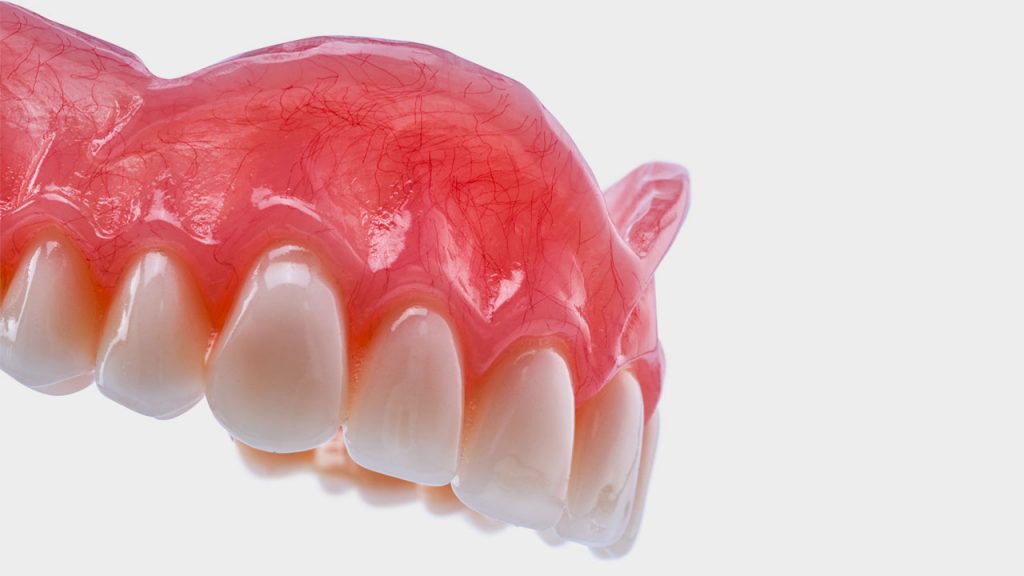Dental prostheses have evolved over time in an extraordinary way, both functionally and esthetically. Every day we see the emergence of new techniques and materials that make the manufacturing process easier. If we stop and remember how dental prostheses were manufactured in the past, we can realize how far we have come, but it has not been enough. Today we see many patients wearing acrylic prostheses who feel a great aesthetic discomfort.
Nowadays we see how prostheses, in most cases, are made in a way that we could say standardized, in which teeth and acrylic bases are used with the same chromatic aspect for all cases regardless of age, sex, skin color, race, as well as habits of the patient, leaving aside the personalization of the prosthetic attachment.
For a long time we have been dragging along a way of working that is nowadays somewhat obsolete, at the time of manufacturing prosthetic bases. If we review the history since acrylic resins replaced vulcanized rubber and prosthetic bases began to be used, we will see that until today they have been used in the same way, with a monochromatic aspect; we have not gotten rid of that way of seeing the prosthetic bases in a single coral pink color and this is because we have been inculcated with that culture for a long time.
But the current reality is different, the patient’s needs and demands are increasingly higher. When we make a total prosthesis, we know that the artificial tooth must have a good anatomical and chromatic aspect, which is in harmony with the profile of each patient without altering its nature. Also the prosthetic bases should meet the same requirement, always following the essence of the natural gingiva, but to make a simulation both chromatic and anatomical modeling of the gingiva, we must have some basic knowledge of the conformation of the gingiva, and materials must be used that allow the simulation to be made by means of combined pigments.
We know that the gingiva surrounds the neck of the tooth and covers the architecture of the alveolar process taking its shape, on the other hand the natural gingiva is not a single color; this can vary in each patient depending on the degree of keratinization, vascularization, the amount of melanin among other factors, it is for this reason that we cannot standardize the dental prosthesis in terms of the color of the gingival tissue: each patient is unique and therefore the work should be unique as well.
In patients who suffer from a gummy smile and are wearing full or partial dentures, the factor of the color and modeling of the artificial gingiva plays a much more important role than in those patients with a medium or low smile. We usually see that these patients, when smiling, bring their hand to their face wanting to cover their mouth for fear that their prosthesis will be perceived. Many people think that this aspect is not so important since in many occasions it is not seen when smiling, but it goes beyond what others do not see and do not feel, the patient, when seeing that his prosthesis has a natural appearance, will be more sure of what he is wearing since he will feel that he has a more real object in his mouth.
If you want to learn more about the customization of acrylic prostheses and their characterization according to the patient, we invite you to download below the full article by Dental Technician Jean Carlos Briceño published in the May – June 2017 edition of the “Dental Technique” magazine.


